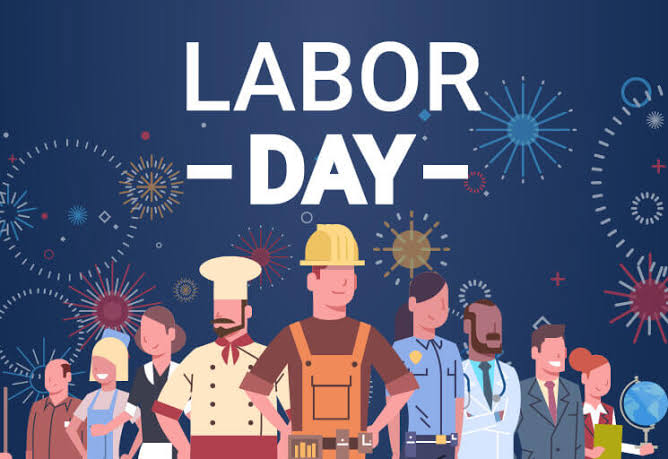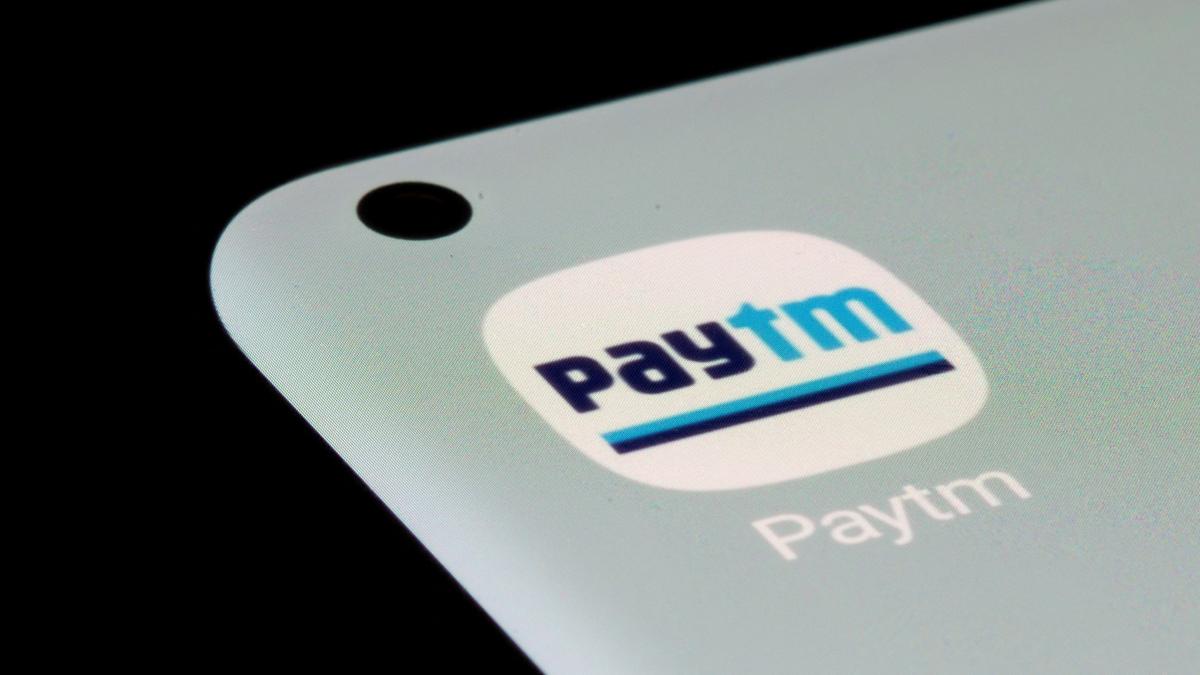 Image Source: cvtc.edu
Image Source: cvtc.edu
As the United States prepares for Labor Day 2025 on Monday, September 1, the annual federal holiday once again offers Americans a moment to celebrate the historic and ongoing contributions of the nation’s workforce. Marking its 143rd year as a federal holiday, Labor Day has evolved beyond a simple day off and unofficial end-of-summer marker to a powerful symbol of the labor movement’s victories in workers’ rights, fair wages, and workplace protections.
Key Highlights:
-
Labor Day 2025 will be observed on Monday, September 1, reaffirming its fixed placement as the first Monday in September since 1894.
-
The holiday traces back to a 1882 parade in New York City organized by labor unions advocating for better working conditions.
-
In 1894, President Grover Cleveland signed it into law as a national holiday to honor American workers.
-
The holiday originated amid industrial America’s harsh labor environment, where many faced 12-hour days, child labor, and unsafe workplaces.
-
Today, Labor Day weekend is celebrated with parades, barbecues, and retail sales while reminding Americans of the labor movement’s legacy.
Origins and Early History
The roots of Labor Day lie deep in the challenges of post-Civil War industrial America. In the late 19th century, millions of workers—including children—endured grueling conditions: 12-hour or more workdays, six days per week, frequently in unsafe and overcrowded factories, mines, and mills. Organized labor began to rise in response, advocating for an eight-hour workday and humane conditions.
One of the earliest and most notable public expressions was the labor parade held on September 5, 1882, in New York City under the Central Labor Union’s sponsorship. Tens of thousands of workers from diverse trades marched to demonstrate solidarity and press for reforms. The parade was followed by picnics and speeches celebrating labor’s strength. This event inspired calls for an annual celebration.
Two leading figures are credited for championing the holiday: Matthew Maguire, secretary of the Central Labor Union, who reportedly proposed the September date, and Peter J. McGuire, a prominent union leader who suggested a celebration with a parade and picnic on the first Monday in September, a date chosen for its favorable weather and timing between Independence Day and Thanksgiving.
Legal Recognition and Federal Holiday Status
By 1887, states like Oregon, Massachusetts, New York, New Jersey, and Colorado had made Labor Day an official state holiday. The movement cemented national recognition when, in the aftermath of the contentious Pullman Strike that year, President Grover Cleveland signed the law on June 28, 1894, making Labor Day a federal holiday. The government's endorsement underscored the importance of acknowledging workers' contributions to the American economy and society.
Significance and Modern Observance
Labor Day honors the social and economic achievements of American workers and the labor movement’s role in securing better working conditions, fair wages, and protections. While today’s celebrations often include barbecues, beach outings, retail sales, and unofficially mark the end of summer, the holiday's core significance remains rooted in recognizing workers' sacrifices and ongoing struggles.
Modern activities may feature parades, speeches by labor leaders, and community events spotlighting worker rights. The three-day weekend also serves as a moment of rest and reflection for the more than 170 million Americans in the civilian workforce.
Labor Day 2025 Outlook
This year, Americans will gather with family and friends, enjoying the last long weekend of summer while also recognizing the 143-year legacy of labor advocacy. Retailers nationwide roll out significant sales to coincide with the holiday, and many workplaces close in observance of the federal holiday.
The day remains a reminder of workers’ essential role in shaping the prosperity and democratic values of the United States. It also calls attention to ongoing labor issues like fair wages, workplace safety, and workers’ rights in a rapidly changing economy.
Source: Hindustan Times, The Economic Times, Investopedia, History.com, U.S. Department of Labor
Advertisement
Advertisement




